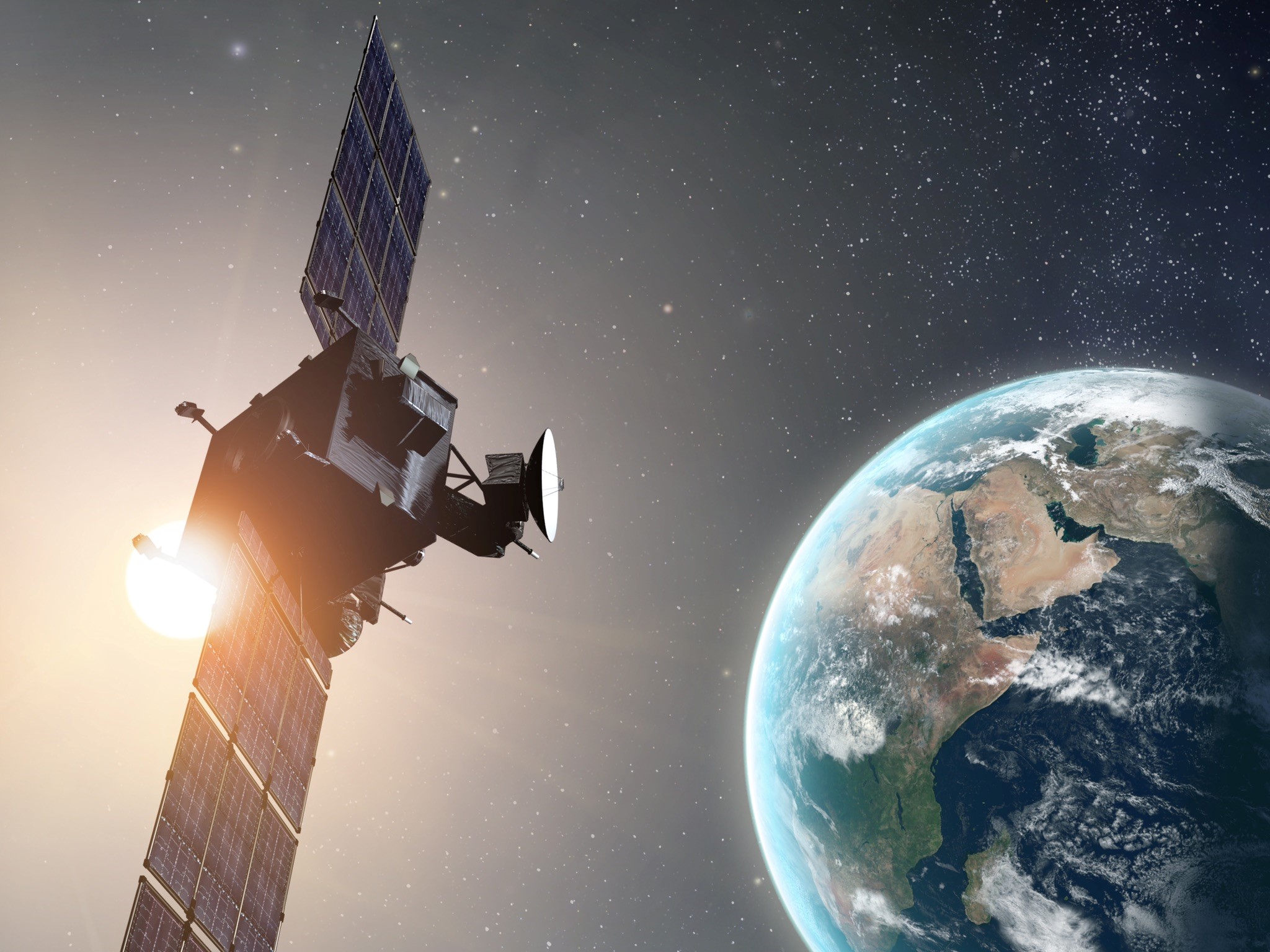A recent SpaceNews op-ed outlined an impassioned and emphatic need to get space weather policy right. While the passion behind this article is appreciated, the major gap in improving the United State’s space weather resilience is not policy. It is the need for prioritization and sufficient funding to appropriately implement the deep backlog of legislative responsibilities and extant policy guidance and recommendations to improve the space weather resilience of our infrastructure and communities.
There is sufficient policy in place for space weather. The Trump administration promulgated the most space weather policy of any administration to date with the simultaneous release of Executive Order 13865 on “Coordinating National Resilience to Electromagnetic Pulses” and the 2019 National Space Weather Strategy and Action Plan. Together, these policies direct the focus of the federal space weather enterprise towards functional resilience across critical infrastructure, with an emphasis on ensuring the continuity of services provided by those infrastructures. These policies also establish the framework for escalating space weather risks and information to the highest advisors to the President: the National Security Advisor and the Director of the Office of Science and Technology Policy (OSTP).
In addition to policy, President Trump signed the PROSWIFT Act into law, noting “The Act … does not address the resilience of national security assets or critical infrastructure to the effects of space weather. Without ensuring the resilience of these assets, our Nation will remain vulnerable to the effects of space weather, regardless of how accurate forecasting becomes.” Put simply, the Department of Homeland Security has failed to coordinate and meaningfully address the outstanding actions they were charged with under the existing policy frameworks, and legislators and the current administration have not sufficiently prioritized or funded these activities.
The U.S. remains vulnerable to space weather. And, without transforming the way we address risk, this vulnerability is likely to only increase as our economy and essential needs increasingly rely on technology. We see this happening with cyber threats — one of the few other threats that can simultaneously affect the entire planet.
Given our increasing reliance on space-based assets for national security and infrastructure services, we must sufficiently invest to ensure our ability to attribute effects from space weather (versus adversary malfeasance); to project military force in all domains and to mitigate disruption to infrastructure services.
Space weather needs to be prioritized by the President, heads of relevant agencies, the Office of Management and Budget and members of Congress — especially appropriators. And, it can’t just be prioritized by the usual suspects (NOAA, NASA and NSF). Perhaps the Space Weather Advisory Group said it best in their 2023 report: space weather must be funded and prioritized at a level commensurate with the risk it poses. However, the federal government does not use a risk-informed process to drive how funding is prioritized. If this doesn’t change, space weather will never receive sufficient funding until we experience catastrophic consequences. By then, it will be too late. We need to do better.
It is well documented that investing in preemptive mitigation is cost effective. The U.S. federal government (in coordination with private sector and technical experts) must develop a national risk register to identify and quantify risks to the nation. The results should be used to prioritize regular and sufficient investments to address the highest credible risks and broaden national awareness of these risks.
Given the lack of sufficient appropriations to achieve space weather resilience, it seems prudent to make sure every dollar is being used effectively. There certainly are an extensive number of federal advisory bodies and processes on space weather. To streamline these and save money, sunsetting the NASA Space Weather Council and the National Academies Space Weather Roundtable makes sense given NASA already receives regular external advice on space weather through the National Academies Decadal Survey process.
Furthermore, the Decadal process should be charged with focusing on space weather research that will drive operational improvements, including dual purpose missions that advance both research and operational capabilities. Guidance and advice from non-federal stakeholder advice would still be available through the Space Weather Advisory Group, established by the PROSWIFT Act and chartered to “facilitat[e] advances in the space weather enterprise of the United States.”
Lastly, given the lack of progress DHS has made in achieving infrastructure resilience to space weather, the existing space weather interagency body (SWORM) should take a more rigorous, holistic and consolidated approach to annually prioritize needs and budget. Resources must be pooled. Priorities must be coordinated and promulgated throughout planning, programming, budgeting and execution lifecycle at all stakeholder agencies.
There must be a concerted effort — beginning with properly showcasing the risk space weather poses relative to other risks our nation faces — to collaborate and coordinate to achieve resilience. That will take more than NASA, NOAA, NSF and the U.S. Geological Survey. DHS, DoD and other sector risk management agencies must step up to do their part. They must complete their outstanding actions spread across two executive orders, two national strategies and action plans, the National Defense Authorization Act for FY2020, and the PROSWIFT Act. The first step towards accomplishing this is showcasing the risk space weather poses relative to other risks our nation faces.
Brian J. Cavanaugh served on the National Security Council from 2018-2021 as the Senior Director for Resilience under both Presidents Trump and Biden. He is currently the Senior Vice President of Homeland Security and Technology at American Global Strategies.



